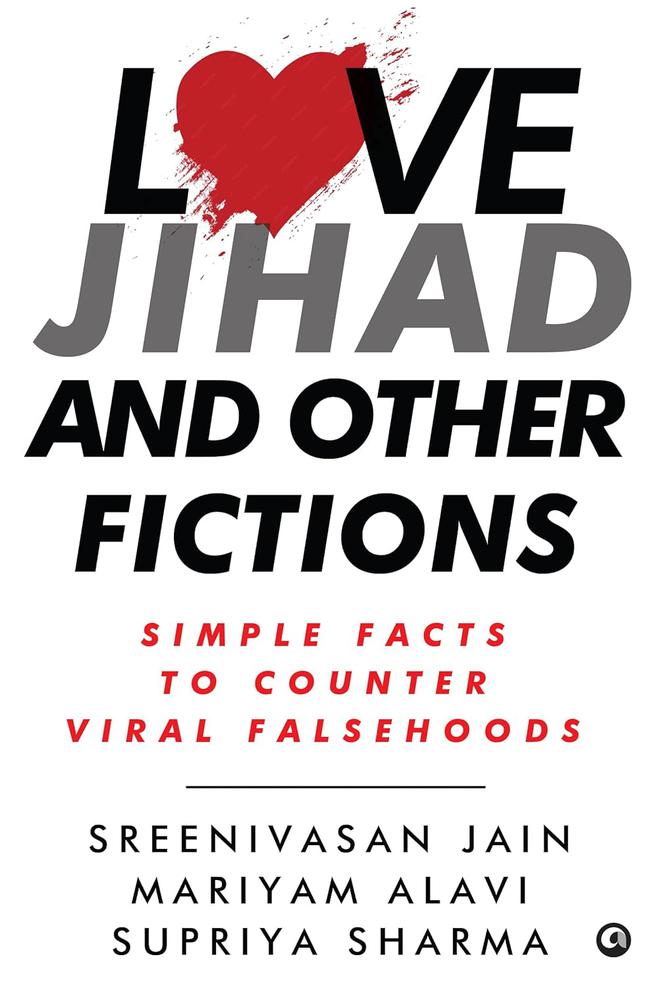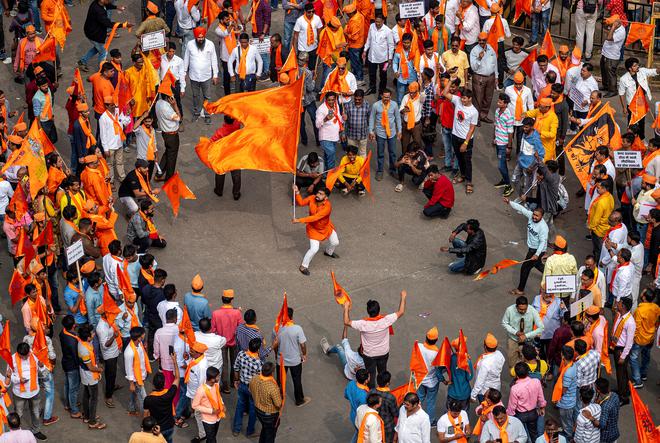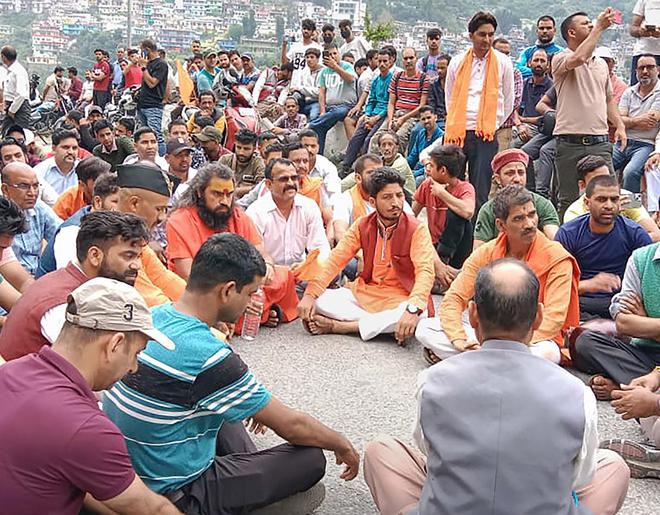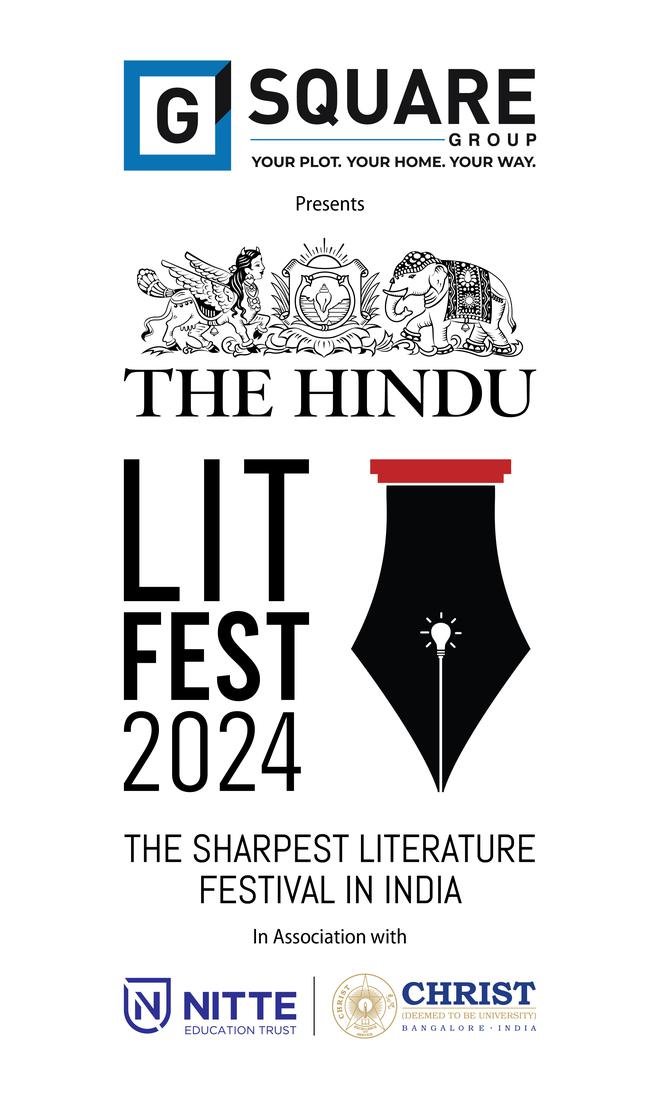Three journalists, Sreenivasan Jain, Mariyam Alavi and Supriya Sharma, put their heads together to address widely floated conspiracy theories such as love jihad, forced conversions and population jihad in their new book, Love Jihad and Other Fictions. Through data, government records and interviews, they try to demolish the falsehoods that have become part of drawing-room conversations, as they explain in an interview. Edited excerpts:

What prompted you all to write the book?
Sreenivasan Jain: One motivating factor was that as a journalist I was constantly confronting these conspiracy theories and falsehoods. There was a certain frustration in the way it was getting approached, a kind of ‘he said, she said approach,’ specially true for TV where you debate the idea of love jihad or population jihad. There is enough evidence to suggest that none of these theories are essentially true. It can be journalistically established within reasonable grounds. Yet, there is a way in which this is constantly recycled as something that could or could not be real. The Home Ministry told Parliament there is no legal definition of love jihad; it still gets recycled, gets prime-time space, it is even getting passed as a legislation. The idea was to try to find evidence, not through opinions, but through hard facts and journalistic tools and settle the debate around these questions.
Mariyam Alavi: The motivation came from a place of frustration, like some of these words have become part of everyday discourse but many of us know that they are not only arguably false but truly false. There are a certain bunch of fact-checkers and journalists who are looking into it and debunking individual cases. It is not about individual cases, it is about these false and conspiracy theories that are being pushed. In journalism, these stories last a day or two, but you needed something enduring that they may survive the news cycle. For any Indian who cares about the idea of India as a democracy, this issue affects them personally.
Supriya Sharma: Guilt, I would say, that I am not doing enough to push back the falsehoods in society, which are frighteningly coming very close with even our loved ones falling for propaganda that is going around. The journalistic impulse is to set the record straight. A lot of journalist work seems to be ephemeral, so we wondered if it will be better to put this together in a book which could act as a guide for ordinary citizens who are being bombarded day in and day out with Hindutva propaganda.
What are the challenges you faced? Is there a market for truth?
SJ: There is extreme polarisation but there is still a large enough pool of sensible Indians, if you are able to present the facts without any opinion. We report it using just the tools of journalism — right to information, government records, parliamentary answers — and this should hopefully convince people who are ambivalent about it that may be there is some merit in the argument we are making.
One challenge was that these theories are not very well-defined. Even if you take something like love jihad and ask those who propagate it, you will probably get six different answers. No sooner than you debunk one aspect, it morphs into something else. How do you as a journalist define something which is so amorphous? There is a “new jihad” born every minute — corona jihad, fertilizer jihad, halal jihad. This was a challenge that could become an endless thing, so we picked four of the most widely propagated theories, which in a way sum up the core of this foundational ideology that somehow ‘Hindu Khatre Mein Hai (Hindus are in danger) and that Muslims and Christians are taking over’.
MA: The market for truth has not been catered to in the right way. As journalists, we take it for granted, we know the right place to look for the truth, but we do not appreciate how the common man is also looking for ways to understand the truth. Journalism has changed, it has become lot about access journalism. Getting government responses, data, everything becomes much more opaque. Personally, you either feel guilty that you are not pushing back enough or feel frustrated; there is a certain amount of fear too.
SS: One of the challenges was accessing public data. While we were researching, many RTI queries drew a blank. The Lok Sabha and Rajya Sabha websites were being revamped, and it became harder for us to search parliamentary questions, a vital source of information. Another challenge was how to ensure that what we are writing remains accessible. We spent a lot of time thinking about how to structure the book. We have organised every chapter into a set of claims and conclusion. We are not interested in preaching, we wrote this book so that we are able to persuade people who are sitting on the fence on these topics.

Phrases such as love jihad etc have become part of drawing-room conversations. What is the way forward, are we at a point of no-return?
SJ: It is a tricky thing. In a way as journalists, our job is to report the facts, bear witness. As citizens we are deeply anxious about what’s going on and the impact of these falsehoods in real life. These falsehoods are being backed by power, a political regime and an ideology, which is using it to serve its interests and that is what has made them so dangerous and pervasive. We hope people realise that and ensure public accountability. These are elected representatives, holding constitutional offices and perpetuating falsehoods — is there some kind of realisation for that? Some kind of accountability?
Lies will never go away, their impact gets diminished. It is one thing if people are forwarding WhatsApps among themselves, but it is quite another thing if a chief minister, an MP or an MLA is perpetuating this. Public accountability has to come in, that’s where a certain degree of awareness can make a difference.

SS: We are not trained to be prescriptive as journalists, we lay down facts on the table, and hope they will act as an antidote to lies. As a citizen, if we care about what is happening, make an effort to counter the propaganda in whatever small way we can, I suppose it is a fight against feeling numb. At some level, there is a kind of majoritarian privilege that can make you want to withdraw and not engage, because it seems daunting to take on this kind of giant-sized organised attempt to spread bigoted falsehoods.

MA: It is a peculiar situation, the media is unfortunately also a part of the problem; the reason these words have become part of drawing room conversations is because the media has played a role. For example, the only conclusive list of love jihad case studies we got is from the Vishwa Hindu Parishad. The source of most of the 150 cases is media reports; many of the cases have been labelled as love jihad by the media itself. As a new mother, I am concerned. Your identity or your name sometimes determines what your crime is. If you are named something different, you are a violent partner or someone who has perpetuated love jihad.

Love Jihad and Other Fictions; Sreenivasan Jain, Mariyam Alavi, Supriya Sharma, Aleph, ₹599.
vijaita.singh@thehindu.co.in







